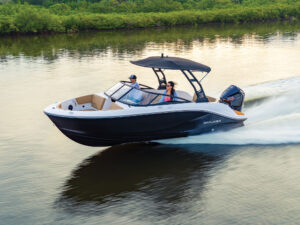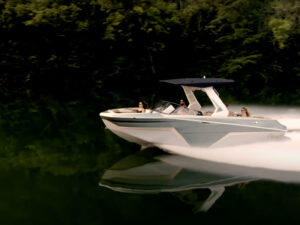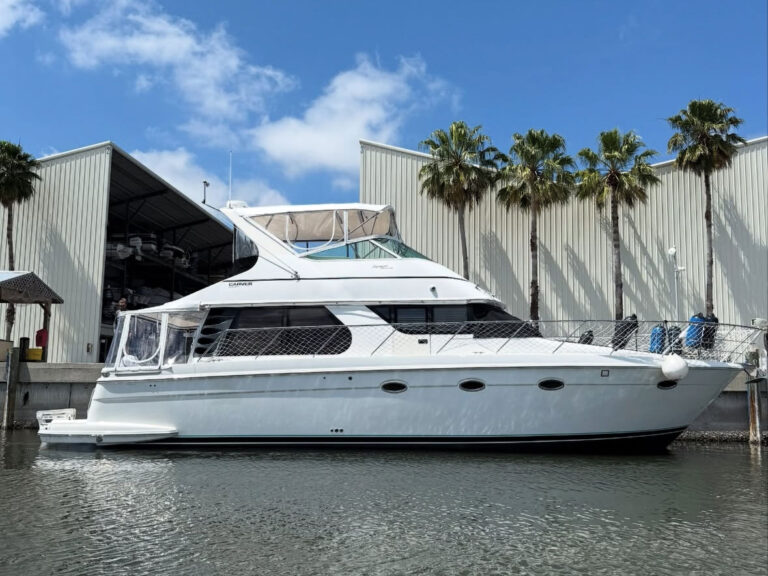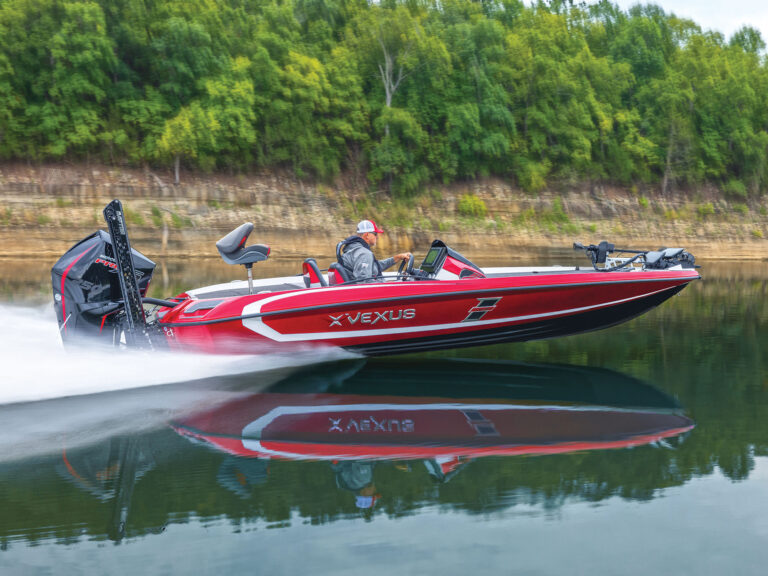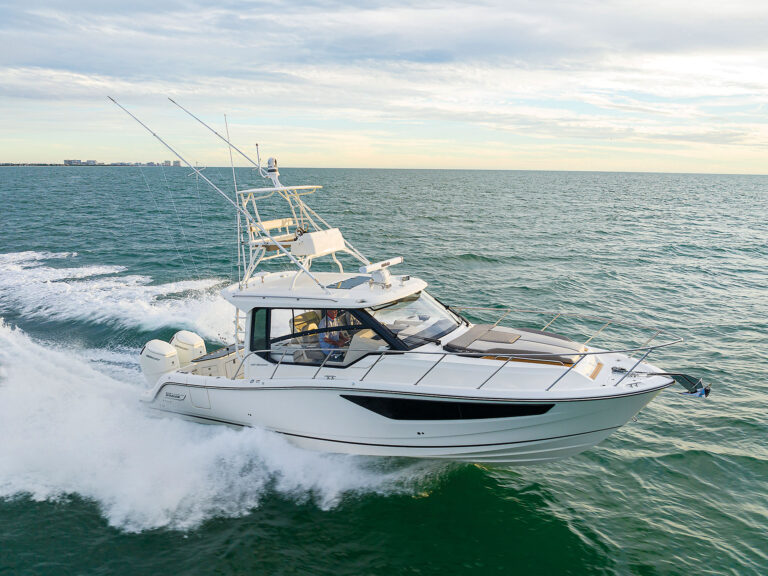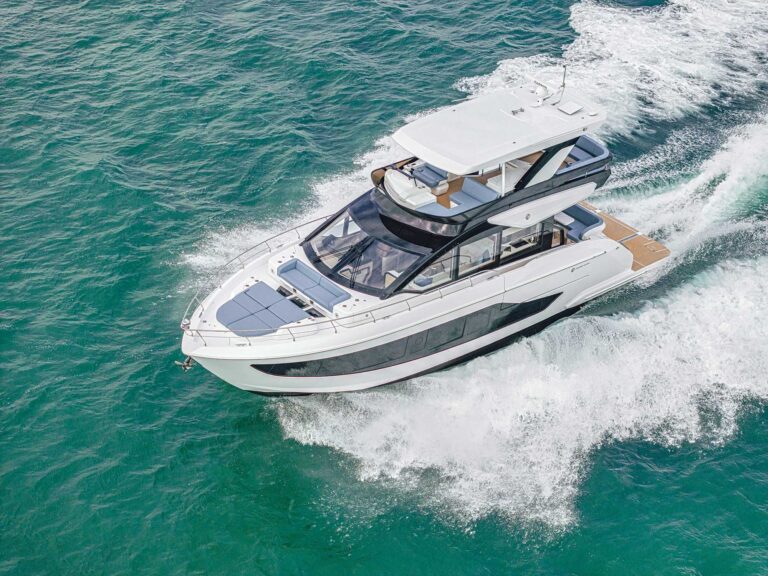Learn how you can help prevent Electric Shock Drowning.
It was a Sunday afternoon just over a week ago when 13-year-old Sarah Grace Tellifero was enjoying the last days of summer with three friends, swimming near a boathouse on a local lake. Sadly, when Sarah went to grab a boarding ladder on a pontoon boat to climb out of the water, she was electrocuted. A 17-year old was also shocked but survived. Tensas Parish Sheriff Ricky Jones told reporters that the accident looked as if it had been caused by a boat lift that had shorted out and electrified the pontoon boat’s ladder. Other swimmers in the same area had previously reported feeling a tingling sensation when jumping into the water.
“If these news reports turn out to be accurate,” said Boat Owner’s Association of The United States (BoatUS) Technical Director Beth Leonard, “That tingling was an early warning sign that electricity was getting into the water and a lethal situation was developing. It is tragic that another young life has been lost to faulty electrical systems mixing with fresh water. To prevent these situations from developing, dock owners should hire licensed electricians experienced in dock wiring to install, inspect, and maintain electrical systems on docks and lifts, and ground fault protection should be installed on all docks to shut down the electricity when a problem develops.”
Swimming deaths due to electricity fall into two categories – electrocution and Electric Shock Drowning (ESD). ESD occurs when alternating current (AC) gets into fresh water from faulty wiring and passes through a swimmer, causing paralysis or even sudden death. With ESD, the swimmer does not need to be touching the bottom, a boat or dock structure, and even minute amounts of electricity can be incapacitating. “In this case, it sounds as if the ladder on the pontoon boat was electrified when Tellifero went to climb out on it, resulting in electrocution. But the swimmers experiencing tingling in the water were most likely feeling stray electrical current passing through their bodies, which is one of the early warning signs for ESD.”
The risk of ESD is greatest in fresh or brackish waters, so some areas such as estuaries or rivers may only be in the danger zone after heavy rains. In saltwater, electrical current takes the path of least resistance, bypassing swimmers. For an introduction to ESD, go to BoatUS.com/esdexplained.
“Dock owners, boaters and marina staff need to understand how ESD happens, how to stop it from happening, and what to do if they ever have to help a victim,” added Leonard. To help them with this vital task, BoatUS has a range of free resources at its online Electric Shock Drowning Resource Center: BoatUS.com/seaworthy/ESD.



